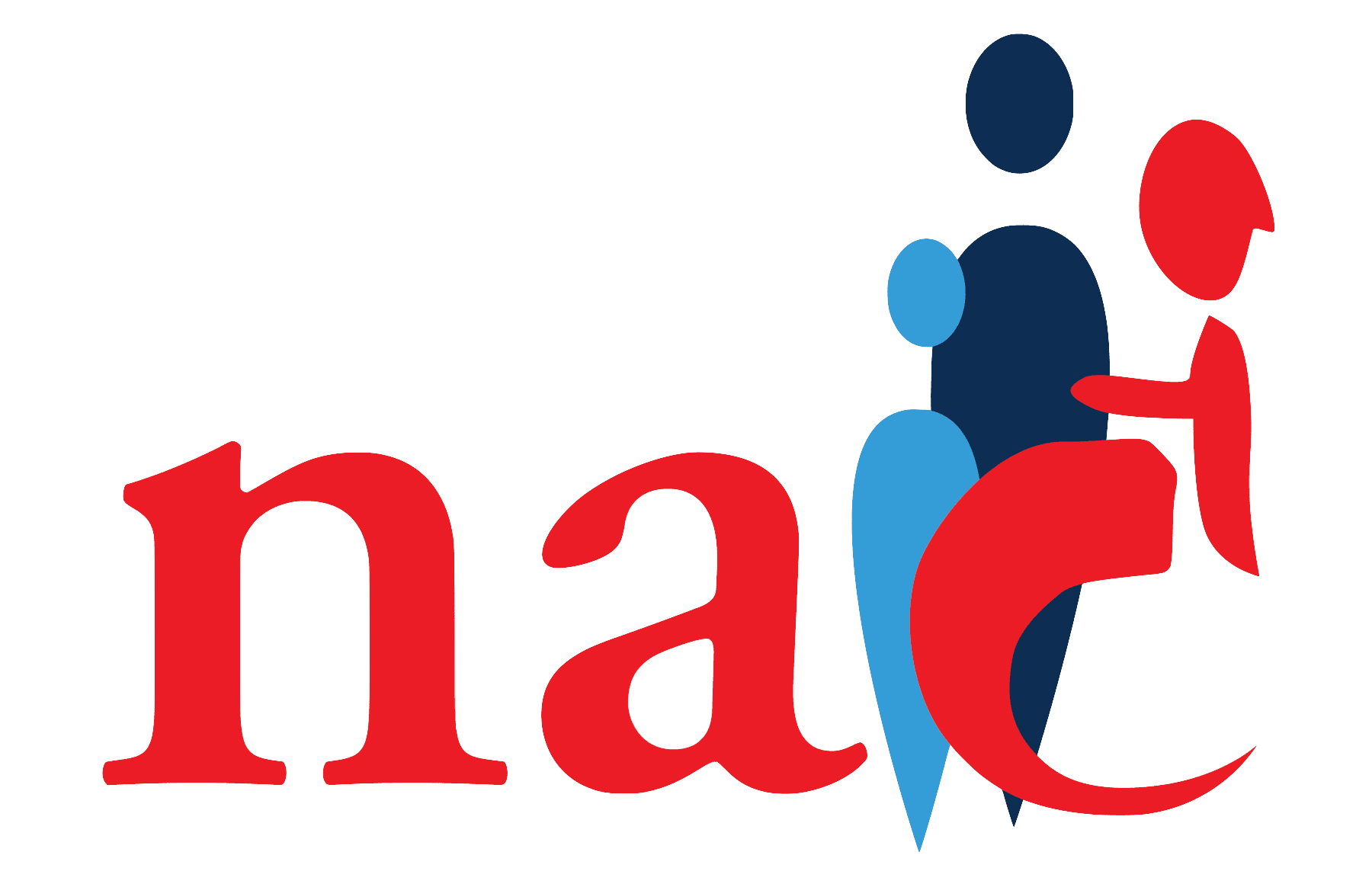Paurvi was a caregiver for both her mother and her father. While her father had Alzheimer’s, her mom had many conditions, including lung disease that turned into lung cancer, which originated from cervical cancer.
Paurvi’s parents immigrated from India, and being Indian and practicing the Hindu faith are still a very large part of Paurvi’s culture and identity, and definitely affected the way she provided care and experienced bereavement and loss. As the only child, second generation immigrant and a “working” daughter, Paurvi expected to care for her parents just as they cared for her. She also has a profound belief in extended family as a support system to help care, though because most of her family was still in India, she did not get to experience this support in the way that her parents talked about it.
Many times, Paurvi found herself having to educate the healthcare system on how to provide culturally responsive resources and support to her and her mom. While in the hospital, and during home care, it was clear that ethnic diversity had yet to be taken into account in patient care and family support. For example, there were no meal options that met her mom’s cultural dietary needs, and spiritual support was provided by a chaplain who was unfamiliar with the Hindu faith. Though Paurvi has a background in healthcare and knew where to push for things, it took a lot of energy to ensure her and her mother’s cultural needs were met. Looking back on her support of her father, she also found limited understanding of dementia in the Indian immigrant community, and also limited understanding of Indian culture and religion in memory care and the health system.
Paurvi wasn’t able to find any resources or groups that were specific to Indian caregivers. She found that patient advocacy groups were too siloed, and she was unable to find the time and energy to chase them down. In order for these groups to be accessible to caregivers, Paurvi believes they need to explain exactly how they can address and support what caregivers need, and to make it clear that they will do more than provide a “to do” list, rather, they would actually do the work and help with the needs caregivers express. She also believes that groups and the healthcare system can integrate DEI into engaging with caregivers, clarifying how a family, the person needing care, and the specific caregiver identifies in culture, faith, and ethnicity. To be helpful, this would inform customizing resources, supports and services based on that identity, rather than forcing a caregiver to continuously explain and fight for their cultural needs.
